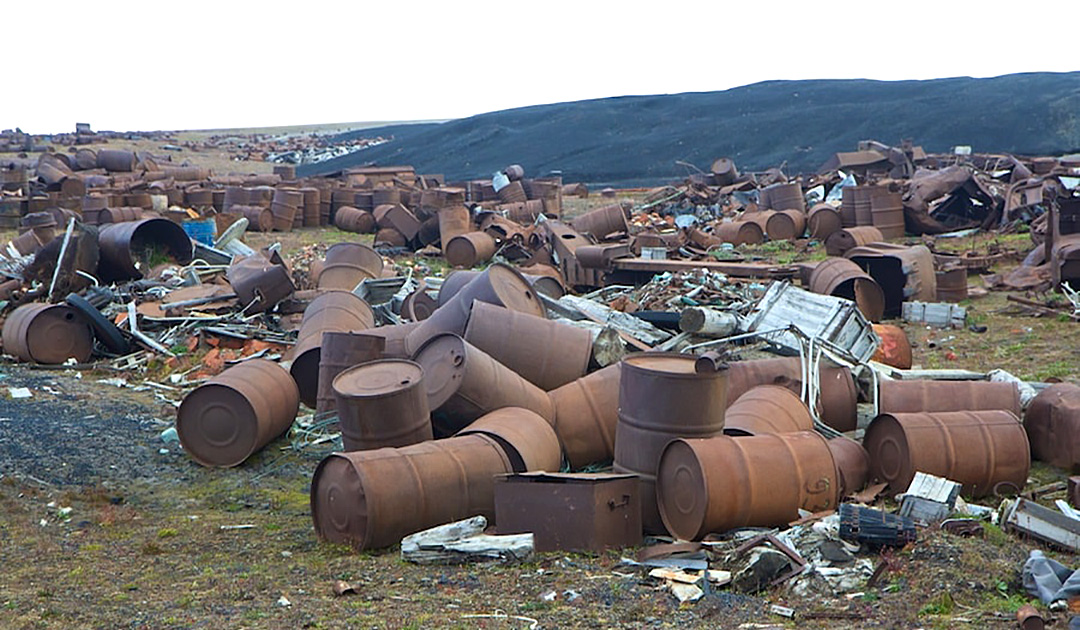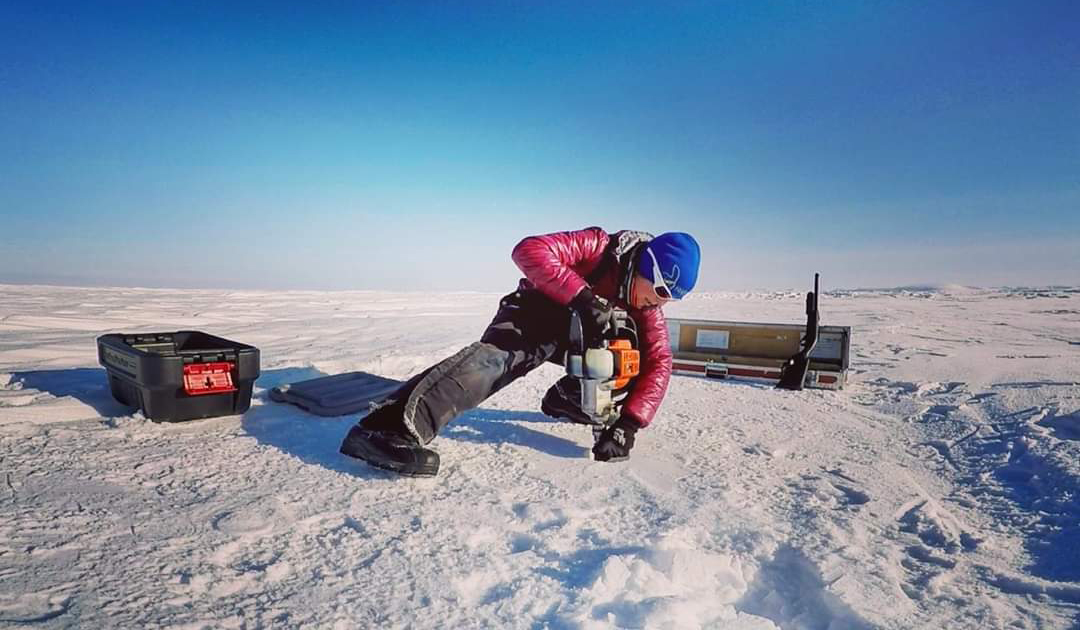
Pollution is also increasing in the Arctic and Antarctic. The German Federal Environment Agency (UBA) and the Helmholtz Center Hereon jointly organized the workshop “Act now – Legacy and Emerging Contaminants in Polar Regions”. Thereby, experts from four continents met on January 25 and 26, 2022. They discussed the potential effects of known and novel pollutants that accumulate in snow, ice, and organisms. Experts from a wide range of fields joined forces for the first time to discuss pressing problems caused by pollution in Polar regions. Investigation programs and assessment of the impact of pollutants in Polar regions will be more closely linked to environmental sample bank activities and data gaps will be filled.
The increasing accumulation of pollutants in Polar regions requires greater commitment from political and social decision-makers. Due to a wide variety of applications, chemicals are being produced to an ever greater extent, some of which end up in the environment and can also have negative effects on humans. Today, we also speak of the “Chemical Anthropocene,” the age in which our society, the environment and human health are significantly influenced by chemicals.

A significant proportion of the chemicals are very persistent and can reach as far as the Arctic or Antarctic. Due to the specific characteristics of the Polar regions, the low temperatures prevailing there and very slow degradation rates, pollutants accumulate particularly strongly in these regions and can still be detected there many decades after their use. The task of science is to provide scientific data and develop measures for sustainable solutions.

Experts from America, Asia, Australia and Europe met on January 25 and 26 at the online workshop “Act now – Legacy and Emerging Contaminants in Polar Regions” jointly organized by the German Federal Environment Agency (UBA) and the Helmholtz Center Hereon. They addressed the possible effects of so-called legacy contaminants, whose production and use are already banned or only permitted in exceptional cases. They also paid particular attention to the large number of new types of chemicals (“emerging contaminants”), about whose behavior and effects in the environment little is known.

Global warming plays a crucial role. As glaciers melt and permafrost thaws, legacy chemicals are being released into Polar regions that have long been banned. These can then accumulate again in the food chain.
The international experts from monitoring programs, environmental sample banks and chemical databases discussed new research approaches and opportunities for increased cooperation to research and assess chemical pollution in the Arctic and Antarctic. Together with representatives of the European Commission and the Stockholm Convention on Persistent Organic Pollutants, issues of environmental chemicals policy and their impact on the polar regions were discussed.
The key outcome of the workshop will be recommendations for targeted research activities to address urgent issues and propose possible future actions to maintain good environmental status in the Arctic and Antarctic. This is also of particular interest for the Antarctic Conference of the Parties hosted by Germany in Berlin at the end of May 2022.
Press Release Helmholtz Center Hereon
More on the subject:





